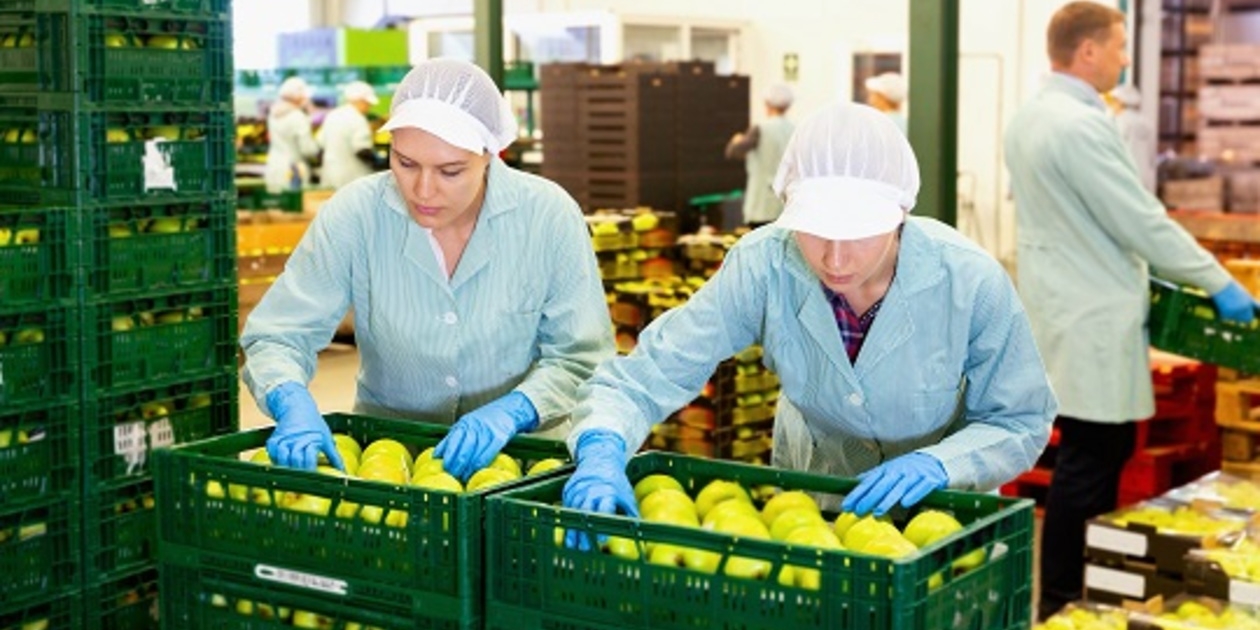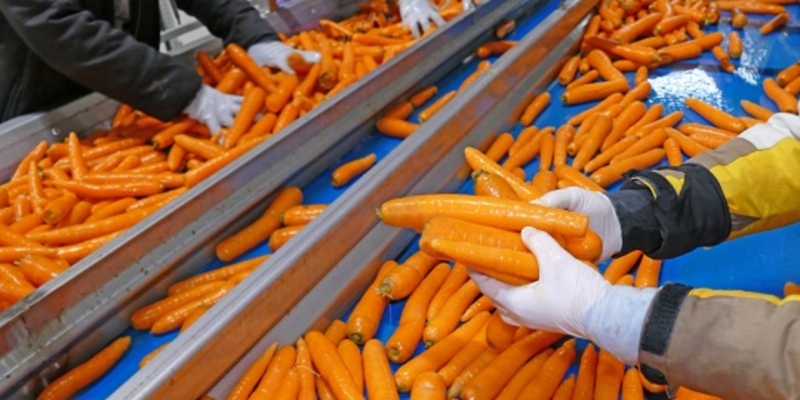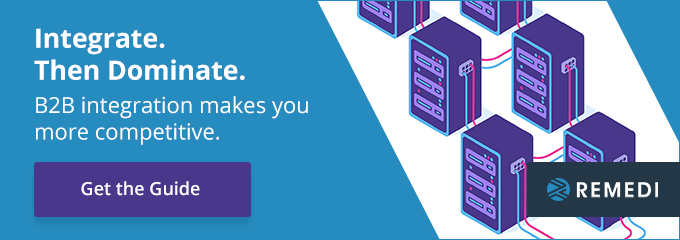
Over the past decade, consumers have become more curious about where their food and beverages come from. That curiosity became a concern in 2020 when a global pandemic struck. Factories shut down as workers became sick.
Even as we begin recovering from the pandemic, consumers still want food traceability. Read on to learn how to incorporate food traceability with supply chain management.
The Need for Greater Food Traceability
Consumers have begun to care about how their food and beverages are manufactured – are processes sustainable? Are workers treated ethically? They’ve started to demand greater food traceability.
The coronavirus amplified the need for food traceability. Workers in meatpacking and processing plants became sick, which shut down facilities and caused meat shortages. Consumers became concerned that they too could get ill from contaminated food.
How Can Manufacturers Incorporate Food Traceability into Supply Chain Management?
When all of your suppliers were local, it was possible to keep records with paper and pencil. That’s no longer the case anymore – food and beverage manufacturers purchase raw materials from all over the world. Manual processes don’t give you visibility into the supply chain; in fact, they only complicate it.
With the right technology, manufacturers can incorporate food traceability into supply chain management. B2B integration brings information from systems of record into one place, making it easier to trace raw materials all through the supply chain.
“B2B integration enables food traceability into the supply chain.”
Here’s how it works: when a shipment of raw materials comes in, the B2B integration solution tracks the lot number. It records every product in which those raw ingredients are used.

We’ll illustrate with an example of how B2B integration enables greater food traceability. Rosewood Foods manufactures strawberry jam. They purchased strawberries from Stevenson’s Farms.
“B2B integration tracks raw materials from receipt to manufacturing.”
As it turns out, the strawberries were contaminated. They could cause consumers to be ill or even die. Once Rosewood figures out that the strawberries are contaminated, they have to take action immediately. Their B2B integration solution allows the company to identify precisely which lots the contaminated strawberries were used in.
They can quickly pull the contaminated lots from shelves. That move prevents customers from getting sick and helps Rosewood avoid regulatory fines.
“B2B integration makes it faster to pull faulty products from shelves.”
Food traceability will eventually focus on sustainability and ethical manufacturing in addition to safety. B2B integration can meet that need, too. It integrates with technologies such as blockchain. Blockchain creates a digital ledger of transactions.
One example comes from coffee production; some companies use the blockchain so customers can see where their beans come from and how much manufacturers pay farmers for beans.
“B2B integration works with blockchain to increase food traceability.”
Food and beverage companies can meet the demands of consumers for greater food traceability with the right technology. B2B integration brings all of your information into one place, making it simpler to track shipments of raw materials throughout the manufacturing process"



